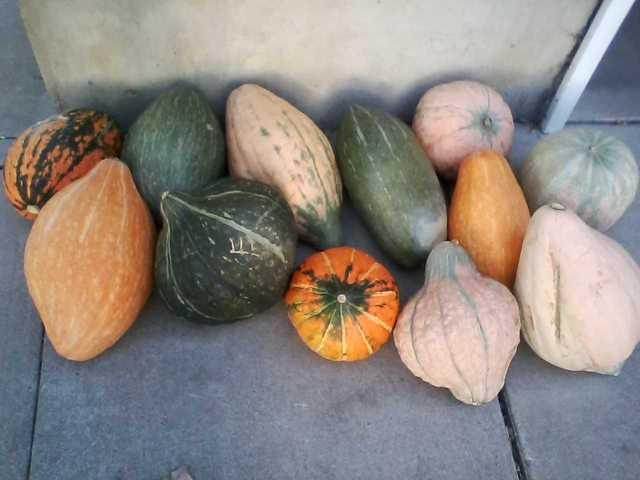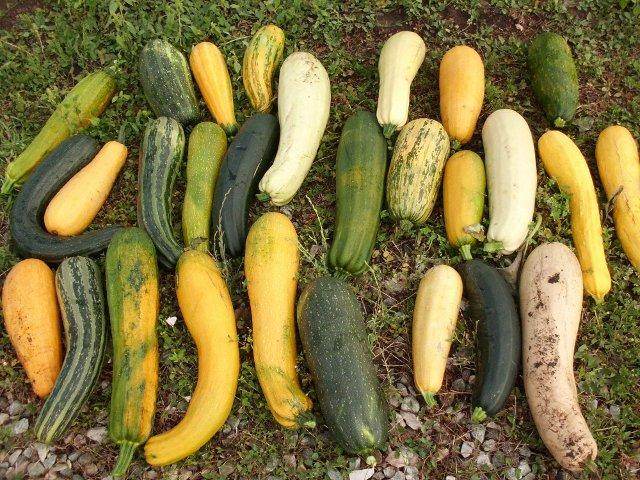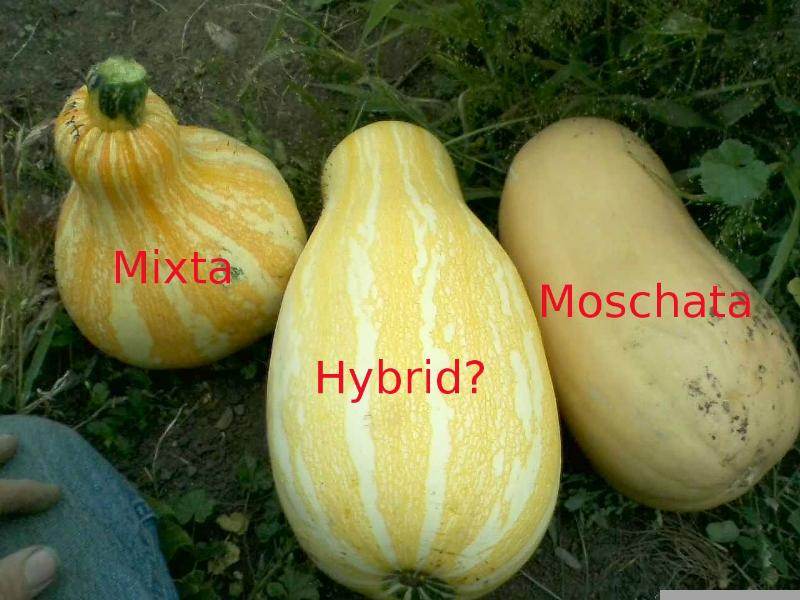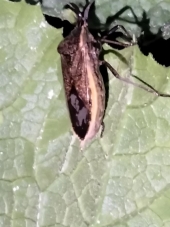
 4
4




Regards, Scott
 3
3








“The most important decision we make is whether we believe we live in a friendly or hostile universe.”― Albert Einstein
 2
2




Regards, Scott




Regards, Scott




Regards, Scott
 3
3




 1
1




“The most important decision we make is whether we believe we live in a friendly or hostile universe.”― Albert Einstein
 1
1





 15
15




 3
3




Regards, Scott




Regards, Scott
 5
5




“The most important decision we make is whether we believe we live in a friendly or hostile universe.”― Albert Einstein

 8
8




https://en.wikipedia.org/wiki/Permaculture wrote:Permaculture is a system of agricultural and social design principles centered on simulating or directly utilizing the patterns and features observed in natural ecosystems.
https://en.wikipedia.org/wiki/Permaculture wrote:9- Use small and slow solutions: Small and slow systems are easier to maintain than big ones, making better use of local resources and producing more sustainable outcomes.
https://en.wikipedia.org/wiki/Permaculture wrote:10- Use and value diversity: Diversity reduces vulnerability to a variety of threats and takes advantage of the unique nature of the environment in which it resides.
https://en.wikipedia.org/wiki/Permaculture wrote:11- Use edges and value the marginal: The interface between things is where the most interesting events take place. These are often the most valuable, diverse and productive elements in the system.
 1
1




~ Permaculture is enriching...Farming... is just scratching the surface ~




Regards, Scott
 1
1




Regards, Scott




Regards, Scott
 3
3




“Enough is as good as a feast"
-Mary Poppins




Regards, Scott






 6
6




“Enough is as good as a feast"
-Mary Poppins
 2
2




Idle dreamer




 3
3




With forty shades of green, it's hard to be blue.
Garg 'nuair dhùisgear! Virtutis Gloria Merces




Idle dreamer









Idle dreamer

 7
7








 2
2




With forty shades of green, it's hard to be blue.
Garg 'nuair dhùisgear! Virtutis Gloria Merces
 5
5




Regards, Scott




 But certainly if you have a zucc in bed A that is surviving and zucc in bed B, then you may wish to try to either hand-pollinate or use some other method to get the two survivors to cross with each other. Again, I defer to Joseph's depth and experience on the different types of squash and what might be expected to come out the other end.
But certainly if you have a zucc in bed A that is surviving and zucc in bed B, then you may wish to try to either hand-pollinate or use some other method to get the two survivors to cross with each other. Again, I defer to Joseph's depth and experience on the different types of squash and what might be expected to come out the other end.
“The most important decision we make is whether we believe we live in a friendly or hostile universe.”― Albert Einstein

 9
9






![Filename: squash-parents.jpg
Description: Cross between a banana and a hubbard squash. [Thumbnail for squash-parents.jpg]](/t/57948/a/42226/squash-parents.jpg)
![Filename: squash-grandchildren.jpg
Description: Grandchildren of the cross. [Thumbnail for squash-grandchildren.jpg]](/t/57948/a/42227/squash-grandchildren.jpg)
 2
2




Regards, Scott

 4
4




Scott Stiller wrote:PS these squash do have white flowers. I'll see what they look like after dark.

 3
3




“The most important decision we make is whether we believe we live in a friendly or hostile universe.”― Albert Einstein








Regards, Scott

 5
5




Terri Matthews wrote:I have NEVER beaten the squash bug: the best I have done is to keep the numbers reduced until after harvest.
 1
1





|
Please enjoy this holographic presentation of our apocalyptic dilemma right after this tiny ad:
Homestead Pigs Course
https://permies.com/wiki/365748/Homestead-Pigs
|








